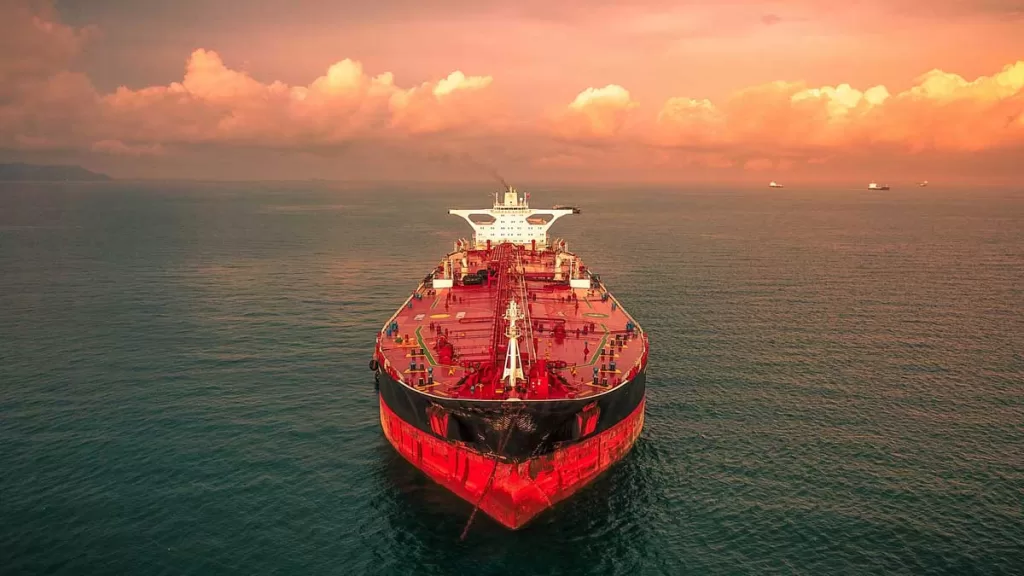The crucial role played by the Suez Canal in global trade stems from its function as a vital link connecting trade routes between the Far East and Northern Europe, as well as those between the Asia/Indian subcontinent and Europe/America, along with trade networks connecting the Middle East and Europe. The necessity to efficiently transport goods between the Mediterranean and Red Seas prompted the establishment of the Suez Canal, an artificial shipping channel in Egypt, in 1869. The significant gains in efficiency resulting from reduced shipping distances underscore the paramount importance of the Suez Canal. The canal spans a total length of 190.25 km and has historically facilitated around 30% of the world’s sea freight traffic. The year 2023 was anticipated to be a positive milestone for Egypt’s finances due to the consistent oil supply and widespread utilization of the canal. On average, up to 60 types of vessels transit through the canal daily, amounting to approximately 19,000 vessels annually.
However, ING approximates that roughly 12% of the world’s seaborne oil traverses the Red Sea, accompanied by substantial quantities of refined products. As per the American Journal of Transportation, approximately 15.5 million tonnes of liquefied natural gas (LNG) also passed through this route in 2023. Shipping companies like Maersk and Hapag-Lloyd have already halted voyages through the disrupted region, and any further measures might potentially result in disruptions in oil and LNG supplies for various regions globally in the coming months. This could consequently lead to an upswing in energy prices. The impact, however, is not confined to oil and energy alone. Prominent retail chains in the UK and Europe, including Tesco, Primark, IKEA, and Next, have cautioned about potential delays in product availability and an increase in costs due to disruptions. The surge in costs for both energy and various products could trigger an escalation in inflation for numerous countries, prompting central banks to defer interest rate cuts.
As attacks on Red Sea shipping, once primarily affecting container ships, now encroach upon oil transport, the repercussions are reverberating through global oil trading. The Grand Bonanza’s voyage, costing approximately $5.7 million, sheds light on the complexities and financial burdens imposed on the industry. Moreover, a recent strike on a Trafigura-chartered fuel tanker underscores the heightened risks associated with Red Sea routes.
Energy producers and traders are grappling with the dilemma of higher prices for extended voyages around the Cape of Good Hope, opting for larger crude tankers to manage costs and mitigate risks. Buyers, on the other hand, are asserting demands for discounts to offset elevated freight charges and war risk premiums. This shifting landscape is prompting a reassessment of shipping routes, refueling points, and cruising speeds, leading to increased fuel consumption and emissions.
Stefano Grasso, a portfolio manager at 8VantEdge in Singapore, highlights the potential for a significant increase in the cost of delivered crude unless Red Sea disruptions ease quickly. The implications are particularly pronounced for European refiners, who are grappling with increased shipping times, higher costs, and tightened tanker supply affecting naphtha and diesel shipments.
While European refiners face challenges in the form of rising import costs, their margins are supported by a drop in competing product imports from the Middle East and India. The longer travel times have tightened tanker supply, impacting shipments of naphtha from Europe to Asia and diesel from the east to Europe. This ripple effect is reflected in rising clean freight rates, influencing the prices of refined products in various regions.
U.S. refiners, however, find a silver lining as they can redirect fuel products to Europe, replacing supply from the Middle East, akin to the strategic shift witnessed in natural gas supply after the Ukraine war. The recent attacks in the Red Sea present both a threat and an opportunity, as Mukesh Sahdev, Head of Oil Trading at consultancy Rystad Energy, notes.
The dichotomy is evident in the east-west split emerging in the market. European refiners purchasing Iraq’s Basrah oil experience rising import costs, dampening demand in the first quarter. Chartering Suezmax ships for Iraqi oil to Mediterranean refineries becomes more expensive, with increased freight costs and tripled insurance rates.
Conversely, sellers of Kazakhstan’s CPC Blend crude to Asia explore the option of larger Very Large Crude Carriers (VLCCs) via Africa for economies of scale. However, challenges arise, with VLCCs being too big to dock at Russia’s Novorossiysk port, necessitating cargo transfers and incurring additional costs.
TotalEnergies, navigating the complexities of the current landscape, has provisionally chartered VLCC Amphion for a voyage from Fujairah to the United Kingdom. The charter presents options via the Cape of Good Hope or the Suez Canal, highlighting the strategic decisions companies must make amid escalating challenges. Tight ship supply is impacting the Asian market, with rising freight rates affecting long-range (LR) tankers and medium-range tankers on intra-Asia routes.
The diversion of at least 70 tankers via the Cape of Good Hope since the onset of U.S.-led strikes on January 12 signals a paradigm shift in shipping routes. The escalating tensions between the Houthis and U.S.-led forces further compound uncertainties, prompting more diversions. Rising freight and insurance costs constrain diesel and jet fuel shipments from Asia and the Middle East to Europe, leading to a slump in diesel shipments from India to Europe.
The disruptions in global trade extend beyond shipping routes, with recent attacks by Ukraine on refineries and a major fuel terminal in Russia reducing exports from the region. This prompts increased buyer inquiries for Middle East supplies to Asia, causing a spike in freight rates for LR tankers carrying naphtha.
In conclusion, the narrative unfolds as the global oil industry grapples with the multifaceted challenges posed by Red Sea disruptions. The implications stretch beyond immediate financial burdens, influencing trade dynamics, shipping routes, and strategic decisions by energy producers, traders, and refiners worldwide. The evolving landscape underscores the need for adaptability, risk management, and collaborative efforts to ensure resilience in the face of geopolitical uncertainties.
